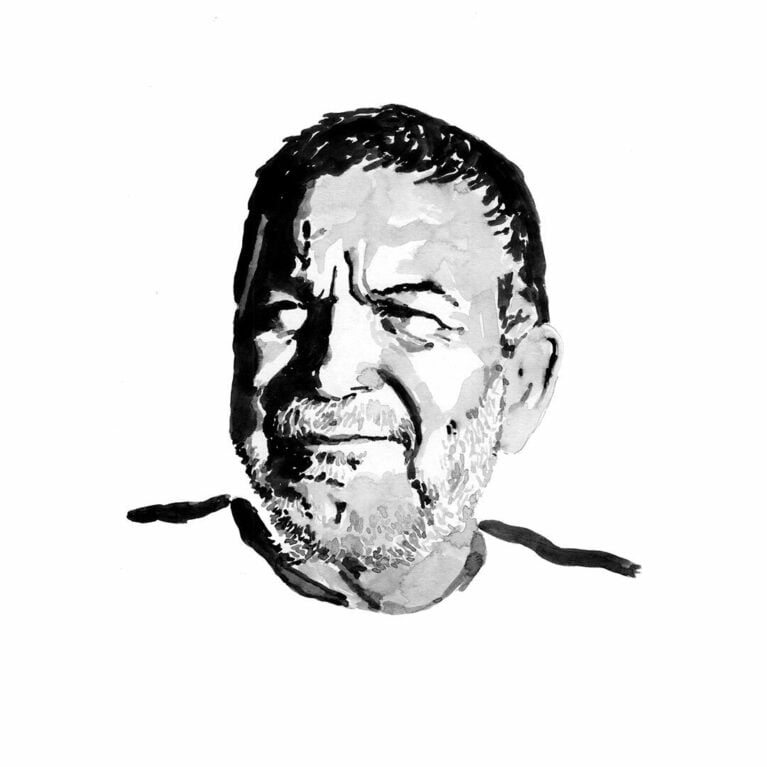Marine protected areas to conserve highly migratory sharks in the Eastern Tropical Pacific
Randall wants to help better protect migratory marine animals in the Eastern Tropical Pacific. He is interested in hammerhead sharks that aggregate around ocean islands (which are protected) and then migrate along the Las Gemelas and West Cocos seamounts (which are unprotected) between these islands. After deploying acoustic receivers, i.e. deep listening stations, at the summits of these underwater mounts, Randall and his team will track tagged hammerhead sharks in relation to these seamounts. The team will also deploy baited remote underwater video systems (BRUVs) to do ongoing monitoring at both sites.
I was born and raised in Los Angeles, California, the son of Costa Rican immigrants. I lived only blocks away from the ocean and, like so many of my generation, was inspired at a very early age by The Undersea World of Jacques Cousteau television show. My family returned to Costa Rica when I was only 10 and so I ended up in one of the most biologically diverse places on earth! I studied biology at the University of Costa Rica, where I developed a strong interest in the biology and conservation of sea turtles. After graduating, I focused on...
Marine protected areas to conserve highly migratory sharks in the Eastern Tropical Pacific - Cocos Island
To impose the policy changes needed to halt the extinction trend of highly migratory endangered marine species in the Eastern Tropical Pacific and achieve the conditions for their recovery.
Hammerhead sharks are Critically Endangered. Policies are urgently required that severely limit fisheries-induced mortality. This project will strengthen the scientific evidence that justifies the expansion of a no-take policy in waters surrounding Cocos Island’s current 12-mile (20-kilometre) no-take radius (772 square miles; 2,000 square kilometres).
The unique behaviour of adult hammerhead sharks to aggregate at certain oceanic islands or ‘hotspots’ has led governments of the region to declare no-take zones around them. Seamounts that occur between these aggregation sites and along which adults migrate have also been identified as hotspots. Thus, the strict protection of known hotspots will not be efficient if fishing effort continues unabated at seamounts that occur between hotspots. Since 2015, acoustic receivers deployed at a depth of 590 feet (180 metres) at Las Gemelas Sea Mount, 40 nautical miles south-west of Cocos Island, have detected the movements of hammerhead and blacktip sharks that had been previously tagged at Cocos Island, as well an apparently resident thresher shark that remained at the seamount for over a year. Furthermore, in 2019 a scientific expedition led by the University of Costa Rica using Baited Remote Underwater Video monitoring (BRUVs) filmed aggregations of adult hammerhead sharks at the summit of West Cocos, an unexplored seamount 50 nautical miles west of Cocos Island.
We propose to extend our previous pioneering work studying the association of hammerhead sharks and other shark species to Las Gemelas and West Cocos seamounts.
We will deploy two deep receivers at the summits of Las Gemelas and West Cocos with the assistance of an unmanned submersible (Remotely Operated Vehicle or ROV). We will also invest time catching sharks and fitting them with acoustic tracking tags by means of simple surgery. We will also team up with the University of Costa Rica to perform BRUV monitoring at both sites.
Summary of main research results/outcomes
Biological connectivity has been established between Cocos Island and Las Gemelas Seamount through the persistent back and forth movements of galapagos sharks (Carcharhinus galapagensis). Results of previous research on the migratory movements of hammerhead sharks (Sphyrna lewini) described how the species performs back and forth movements between seamounts of the Submerged Cocos Ridge (SCR), specifically between Darwin and Wolf Islands, Ecuador, and Cocos Island and Las Gemelas Seamount, Costa Rica, suggesting that use of seamounts as stepping stones, where large schools are formed and where specimens may stay for varying periods of time, moving from one seamount to another, not necessarily in a unidirectional fashion. Our current results suggest Galapagos sharks are performing the same back and forth movements between seamounts of the SCR, strengthening the stepping stone hypothesis and underscoring the need to provide strict protection to the seamounts of the SCR, also known as the Cocos – Galapagos Swimway.
Conservation achievements
The greatest conservation achievement since obtaining support from Save Our Seas Foundation has been the expansion of Cocos Island National Park’s Marine Protected Area from a 2,000 Km2 radius surrounding Cocos Island to a 54,000 Km2 rectangle, encompassing Las Gemelas Seamount and West Cocos.
Education and public awareness achievements
Throughout 2021, and during the official 6-month consultation process to expand Cocos Island National Park and the Seamounts Marine Management Area, we have warned that the proposed design of the recently created Bicentennial Marine Management Area is flawed, as it does not provide strict protection to highly migratory species as they move along the seamounts of the SCR, leaving critical migratory habitat and thus hammerhead sharks vulnerable to extractive fishing activities.
February 16, 2021. Webinar. The Cocos-Galapagos Swimway. https://drive.google.com/file/d/1gqheZapbmFpdOUp0mM9BwOhonJ1114I7/view?usp=sharing
May 27, 2021. Randall was appointed as the Cocos Island Hope Champion by Sylvia Earle’s Mission Blue: Cocos Island Hope Spot Champion Randall Arauz Pushes for Improved Marine Protections – Mission Blue (mission-blue.org)
October 22, 2021. Hotel Bahía Azul, Puntareneas. 30-minute presentation on the status of sharks in Costa Rica for the longline fisher sector, as part of the official process to expand Cocos Island National Park and the Seamounts Marine Management Area. https://www.youtube.com/watch?v=5B4ewXBQs0Y
Nov 17, 2021. Assist civil society during the public consultation process called by the Ministry of Environment regarding their proposal to expand Cocos Island National Park and the Seamounts Marine Management Area. A paragraph was provided to the public for them to express the need to modify the proposed boundaries with a southwest-northeast inclination, to protect the Submerged Cocos Ridge and its seamounts. Over 550 emails were sent through Randall’ site to the Minister of Environment. https://www.cremacr.org/en/help-conserve-the-biodiversity-of-cocos-island/

